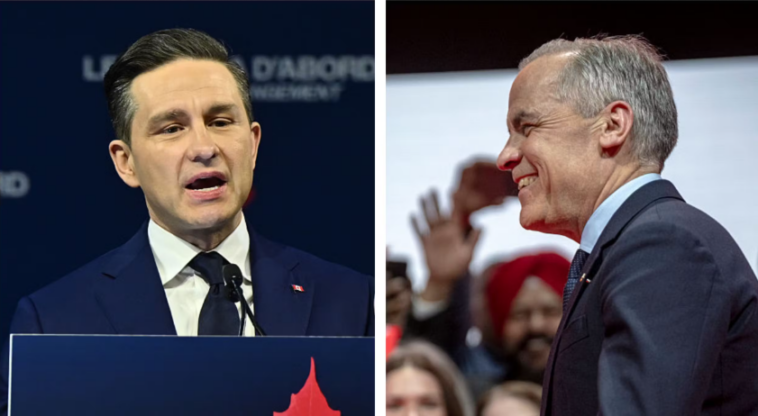Canada’s Liberal Party has managed to retain power in the 2025 federal election, securing a fourth consecutive term and defying early polling that showed the Conservative Party poised for victory. Prime Minister Mark Carney’s Liberals captured 168 seats—just shy of a majority in the 343-seat House of Commons—allowing them to continue governing with a strong minority.
The unexpected victory was largely driven by a surge in nationalist sentiment following rising tensions with the United States. President Donald Trump’s imposition of tariffs on Canadian exports and his offhand remark about Canada becoming the “51st state” sparked a political backlash that helped galvanize support for the Liberals, particularly in key battlegrounds like Ontario and Quebec.
Liberal leader Mark Carney, a former central bank governor with no prior electoral experience, seized on the moment by positioning himself as a defender of Canadian sovereignty. He promised to push back firmly against U.S. pressure and renegotiate trade relations “on Canada’s terms.” His message of national strength and economic independence resonated with voters who saw the Conservatives as offering little contrast on foreign policy.
The results were a major blow to the Conservative Party. Despite leading in national polls for much of the campaign, the party fell short at the ballot box, and its leader, Pierre Poilievre, lost his own seat in Carleton to a Liberal challenger. His defeat has sparked immediate speculation about the future of Conservative leadership.
The New Democratic Party also suffered losses, with leader Jagmeet Singh failing to hold onto his Burnaby Central seat. The NDP saw its vote share plummet by double digits, marking one of its worst electoral showings in years.
In his victory speech, Carney declared that the postwar era of Canadian-U.S. relations was “over,” signaling a more independent foreign policy approach. He called for a renewed focus on domestic production, economic resiliency, and national unity—clearly aiming to consolidate his party’s position amid growing geopolitical uncertainty.
The Liberals now face the challenge of governing a divided country, where regional frustrations and economic concerns remain sharp. But with their grip on Ontario and Quebec, they’ve once again demonstrated the strategic advantage of appealing to Canada’s urban and eastern strongholds.
As Carney prepares to lead a new government, the coming months will test his ability to turn campaign rhetoric into results—and to hold off a Conservative base that remains energized but increasingly frustrated.

